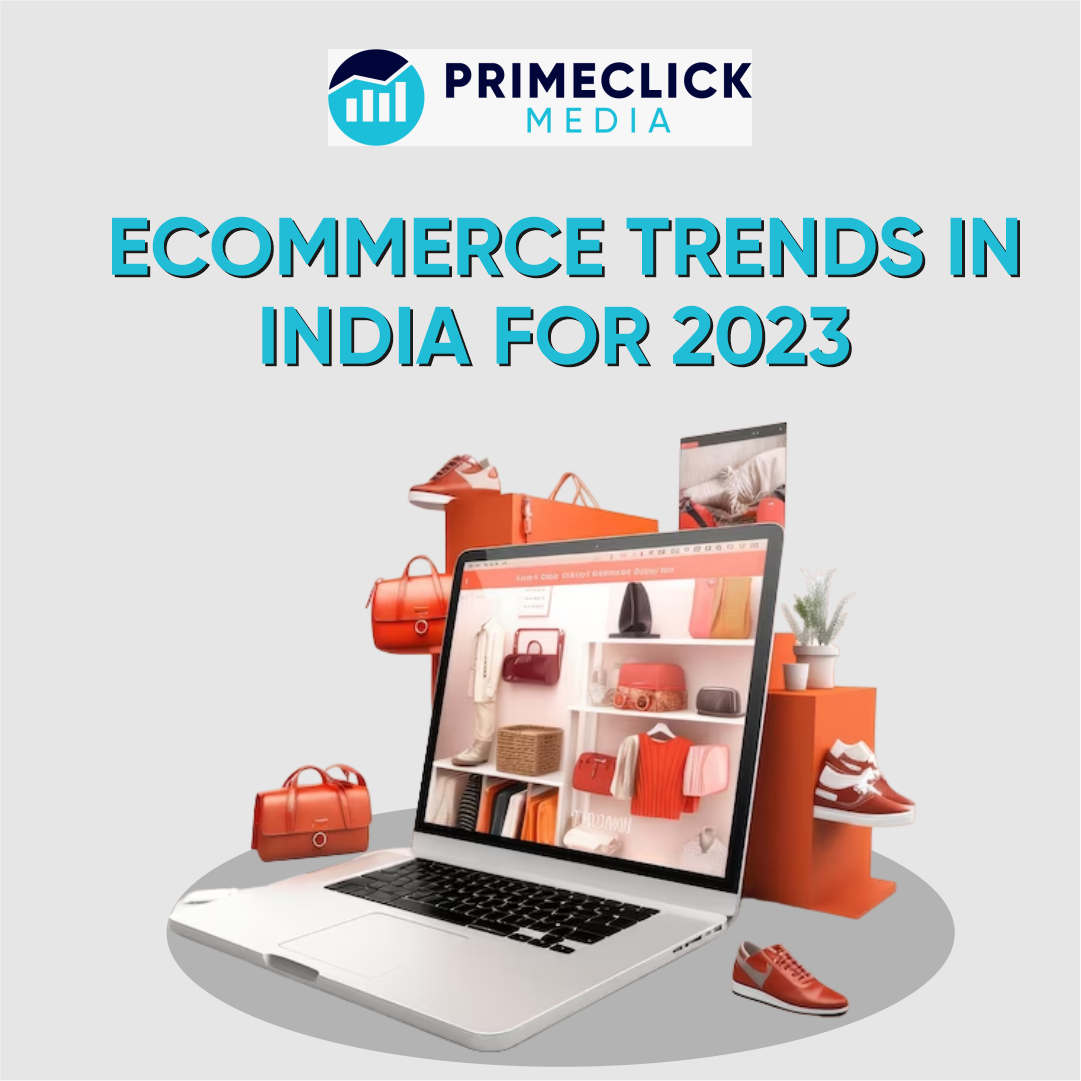The beauty industry is reshaping the eCommerce landscape in India. As one of the prominent sectors within eCommerce, the market for beauty and personal care products in India’s online retail is projected to reach six billion USD by 2025.
What are the key factors fueling this trend? Let’s explore!
Rise of the beauty and personal care market
According to Statistics, the beauty and personal care industry in India is anticipated to experience an annual growth rate of 3.86%, along with a substantial 143% increase in sales volumes year-on-year. Furthermore, the online sales channel for this industry is expected to expand by 18.2% by 2025.
While eCommerce growth in the beauty sector lags behind offline sales, it still wields the potential to exert a significant influence on the market. Experts attribute this growth to modern companies that have embraced digitization and automated supply chains, playing a pivotal role in propelling the expansion of the beauty and personal care segment.
Now, let’s delve into the key factors driving the growth of beauty eCommerce in India.
Factors that Drive Beauty E-commerce Growth
Rise of D2C brands
Direct-to-consumer (D2C) brands are gaining increasing popularity among Indian consumers. It is projected that approximately one-third of global online retail sales will originate from D2C brands by 2025, with the beauty industry positioned as a leading contributor to this growth.
D2C brands in the beauty industry thrive because they:
- Provide consumers with personalized, on-demand products.
- Cultivate meaningful connections with customers by aligning with their values.
- Introduce niche products that differ from mainstream brands.
Notable examples of Indian D2C beauty and wellness brands in the eCommerce arena include Bombay Shaving Company, Sugar, and MyGlamm.
Influencer marketing
Another element propelling the growth of the beauty industry is influencer marketing. Among the various sectors, the beauty industry stands out as a significant adopter of this marketing approach. Beauty influencers boast substantial follower bases, and the visual nature of the niche aligns seamlessly with influencer marketing.
Online shoppers are placing growing trust in content creators. According to a survey, 61% of online consumers turn to influencers when making purchasing decisions.
Establishing strategic collaborations with content creators who wield influence within the beauty domain can directly resonate with consumers, attracting a broader customer base for beauty brands.
Evolving consumer behavior
The remarkable expansion of beauty eCommerce can be attributed in part to changes in consumer preferences and attitudes. Younger consumers, in particular, are leading a generational shift away from traditional brands.
Furthermore, customers are increasingly receptive to innovative products that cater to their specific requirements. Brands are focusing on delivering personalized products and shopping experiences through methods such as surveys and customer feedback.
Now, let’s delve into the expectations of contemporary beauty eCommerce shoppers when it comes to brands.
Beauty E-commerce Trends: Customer Expectation
Here are three key trends reflecting customer preferences in the realm of beauty products:
Emphasis on Cruelty-Free and Organic Products
Cruelty-free (products not tested on animals) and vegan (products devoid of animal-derived ingredients) beauty products have gained significant traction in the global market, and their presence is growing in the Indian market as well. Several reports indicate that this will become a prominent factor in consumer preferences in the upcoming years.
Indian consumers are becoming more discerning regarding the composition of beauty products. The increasing awareness of environmental and ethical concerns has given rise to what is known as the “conscious consumer.” Both global vegan cosmetics brands and local brands are aligning with this trend by entering the Indian market.
Cosmetic products enriched with bioactive oils, butter, and natural clays are experiencing a surge in popularity. Consumers are increasingly seeking products that are derived from plants and minerals, rather than opting for widely recognized mainstream alternatives.
Embracing Diversity
Consumers are actively seeking out brands that embrace diversity, particularly in terms of catering to various skin tones and gender identities. This demand is on the rise among significant segments of Indian society.
Indian cosmetics companies like Ruby’s Organics have introduced a line of makeup products tailored specifically to suit Indian skin tones and textures. These companies have also successfully positioned themselves as advocates for individuality and self-expression. It’s worth mentioning that beauty brands that champion inclusivity tend to have a strong online presence. To convey their message effectively, beauty brands need to leverage e-commerce platforms.
Customization
The trend of personalization is on the rise within the beauty eCommerce sector.
Specific areas like skincare have ample scope for personalization, considering the uniqueness of each consumer. This suggests a broader potential for tailor-made products. In the foreseeable future, we can expect brands to offer personalized beauty and wellness items, with technology playing a significant role in driving this trend.
Challenges Beauty Brands Face and How to Overcome Them
Increased Competition
As more beauty brands emerge in the upcoming years, competition within the market will intensify. Distinguishing your brand and building a loyal customer base will become a challenging task.
Solution: Brands should utilize customer data and consistently introduce unique products to the market.
For instance, brands like Sugar are establishing themselves as diverse brands catering to a wide-ranging customer base by developing products for segments overlooked by traditional brands.
Another strategy to address heightened competition is by harnessing multiple eCommerce channels. As more consumers shift to online shopping, positioning your brand as digitally oriented and utilizing various channels can help you gain traction.
Rising Customer Acquisition Expenses
Obtaining new customers has become more costly, whether through traditional or online sales channels. Techniques such as paid advertising can eat into your profit margins.
Solution: The solution lies in adopting organic growth strategies.
Harness the potential of content creators, who have emerged as a highly influential means for facilitating the exploration and purchase of direct-to-consumer (D2C) beauty products. Strategic alliances with micro-influencers and establishing long-term partnerships offer a viable path to leverage the creator economy for your brand’s benefit.
Limited Brand Loyalty
In a marketplace with an abundance of choices, building brand loyalty has become a challenging endeavor. For D2C brands, cultivating a base of returning customers is crucial for growth and expansion.
Solution: Initiate loyalty programs as a starting point. Encourage repeat purchases and encourage customers to refer others, effectively turning them into brand advocates. While building a profitable loyalty program may require time and effort, it will ultimately prove effective and lead to reduced acquisition costs in the long term.
Conclusion
Beauty eCommerce is experiencing rapid expansion across the nation, offering convenience and value to consumers. In summary, here are the key takeaways:
Regarding products, trends favor vegan, cruelty-free, and inclusive offerings. Consumers anticipate personalization in both products and their shopping experience. Influencer marketing and loyalty programs are the top organic methods for beauty brands to foster growth. To expand your eCommerce beauty brand, establish your online store and foster business growth.





